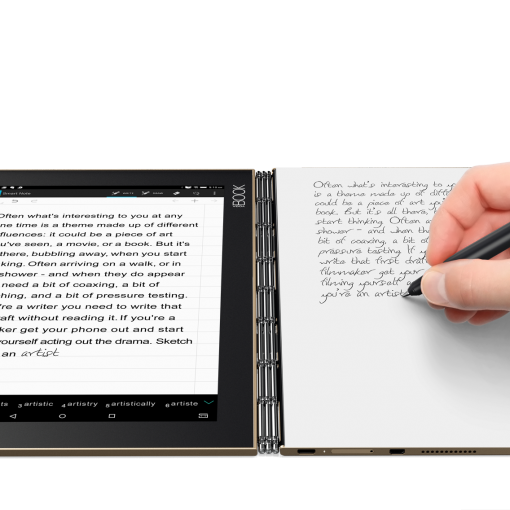
This blog is the most ‘academicy’ so apologies if it doesn’t fully tickle your taste buds. The future of technology in the classroom is not set in stone especially with technology changing at a rapid pace (Britland, 2013; Heick, 2015). Technology has become a necessity (Heick, 2015) and makes information more readily available (Bernard, 2017). With the future becoming about accessibility and collaboration (Britland, 2013) and artificial intelligence on the increase learning will become social. Learning softwares are already replacing textbooks and assistive programmes are helping students learn about subjects (Bernard, 2017). E-learning could become the future with learning/ teaching happening anywhere (Britland, 2013). New learning models will soon cause traditional methods to begin evolving (Bernard, 2017) and will create more access to information (Heick, 2015). Distribution Cognition (dCoG) is a theory first introduced by Edwin Hutchins and he describes how people and tools can be seen as one cognitive system. This is applicable to education as learning experiences can be created that facilitate human interaction and tools including games. The Zone of Proximal Development (ZPD) is another theory that can be applied to technology within education. It is about using tools such as games to achieve knowledge not yet gained by the learner. The addition of technology creates more opportunities for the students when discovering knowledge and understanding (Frezzo, 2017).
‘By 2020 it is estimated that there will be 1.5 million new digitised jobs across the globe’ (Frezzo, 2017). The ‘Information Age’ is becoming the next era which has changed the kinds of skills students need in order to be successful in jobs (Hoteit et al, 2018). Manual labour jobs have been decreasing whilst those in science and IT have been increasing and as a result of this a gap for present skills and desired skills is becoming more apparent. It is believed that the curriculum needs to change in order to equip students with the knowledge needed in technology education. New models of technology education have a focus on all skill levels from technical to crucial skills (Hoteit et al, 2018). Dell visited an educational conference and asked 1000 British parents with kids in primary or secondary education about their thoughts on education. 93% of parents say their children need to have positive experiences with technology due to career choices. Areas of technology parents would like to see covered include data analysis within science subjects and the use of PowerPoint for presentations. Parents believe that technology needs to be engaged with from a young age and children need to develop core skills to succeed further down the line (Atkinson, 2018).
It is predicted that parent- teacher interactions will become online due to virtual reality advances (Blake-Plock, 2014). Readily available resources also mean the role of the teacher will change (Britland, 2013) however teachers will still be important (Bernard, 2017). In a few years we could see simulations replacing teachers, e-learning and potentially schools completely replaced (Heick, 2015). Children’s engagement with technology creates a blurred line between formal and informal education and more importantly whether schools should monitor it (Facer, 2011). Technology caters for students various learning methods with schools starting to forget the one-size-fits-all approach (Bernard, 2017). An example of assistive technology is the cloud which encourages independent learning as they have more control and it also means students can have immediate access to their marks or feedback (Britland, 2013).




4 thoughts on “Education and Technology- it takes 2 to tango!”
The World Economic Forum predict that around 65% of children in primary school now will strive for jobs that won’t exist in the future due to manual labour jobs decreasing (Frezzo, 2017). Could this create uncertainty among educational processes and draw up concerns about how to teach them (Facer, 2011)?
I believe schools need to take the integration of technology in classrooms seriously (Atkinson, 2018) but I am aware that a large number of people, teachers in particular, still dispute the use of phones and tablets in the classroom (UoSC, 2014).
Certain advocates for children including social workers and psychologists have spoken about the stress and anxiety school causes for children (Facer, 2011) and as a parent I can agree with this statement.
As someone who has been through the education system recently I can 100% agree with this statement. Exams and testing will result in favouring those more able cope under exam pressures (Facer, 2011).